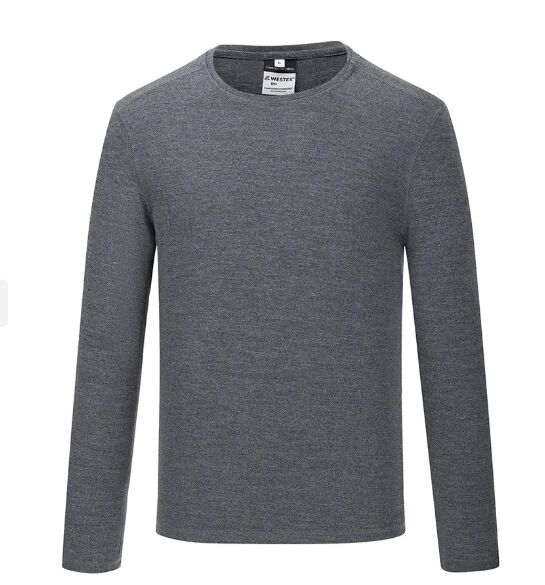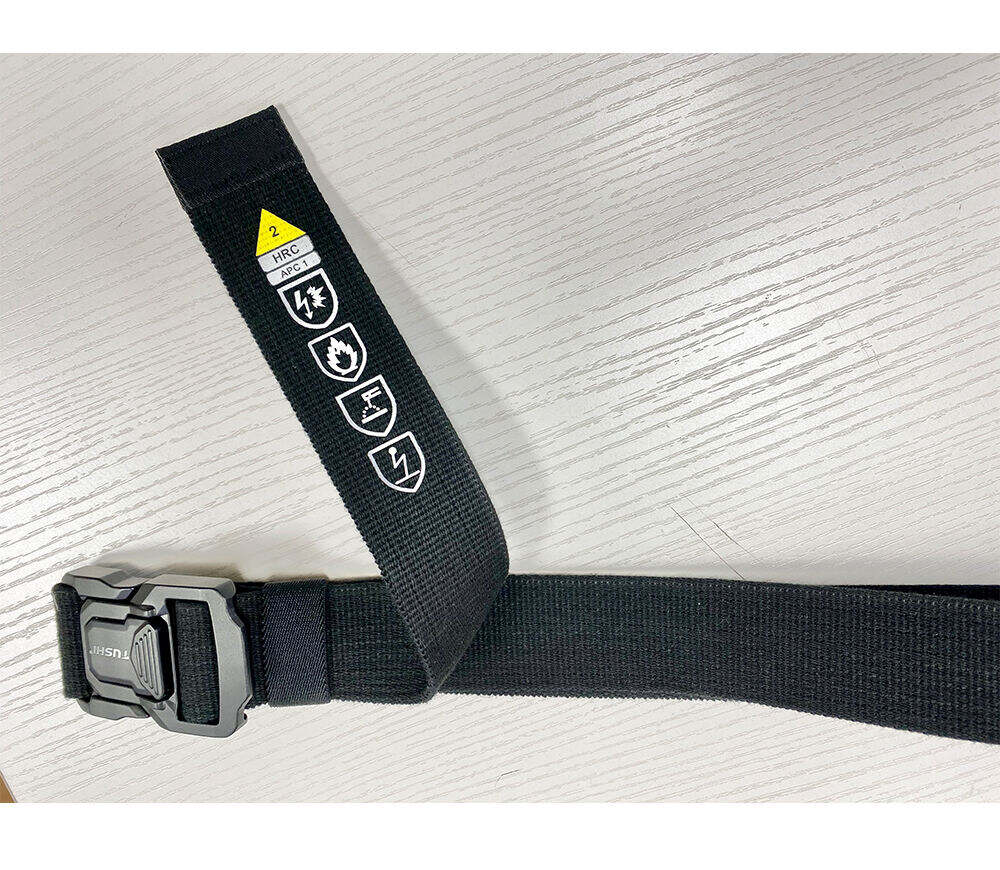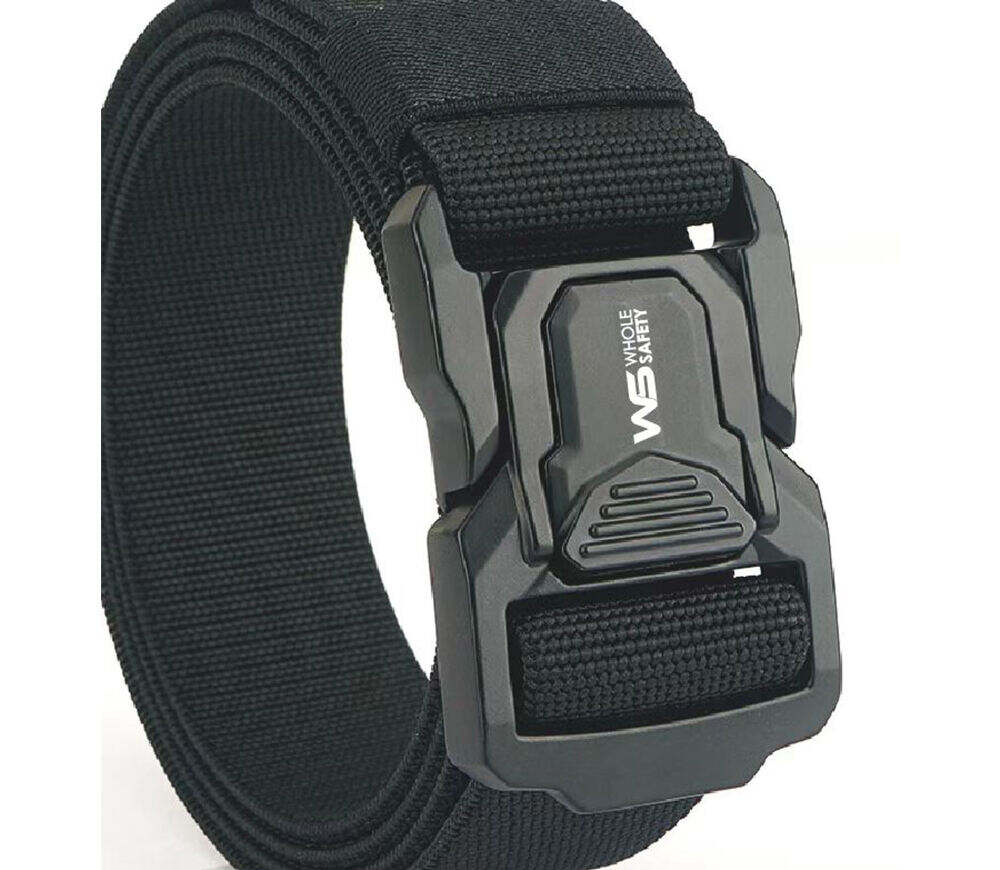In industries where workers are required to wear fire - retardant clothing for extended periods, the weight of the garment can have a significant impact on their comfort and mobility. Lightweight fire retardant garments offer a solution by providing the necessary fire protection without adding excessive bulk or weight.
The development of lightweight fire retardant garments is made possible through advances in material technology. New fire - retardant fabrics are being created that are lighter in weight while still maintaining excellent fire - resistant properties. These fabrics may use innovative fiber blends or special treatments to achieve the desired balance of lightness and protection. For example, some fabrics may incorporate lightweight synthetic fibers that have inherent fire - retardant characteristics, reducing the need for heavy chemical treatments.
One of the main advantages of lightweight fire retardant garments is improved comfort. Workers who have to wear heavy protective clothing for long shifts can experience fatigue and discomfort. Lightweight garments reduce the strain on the body, allowing workers to move more freely and with less effort. This is especially important in industries where physical dexterity is required, such as firefighting or electrical work. Workers can perform their tasks more efficiently and with less risk of injury when they are not weighed down by heavy clothing.
Lightweight fire retardant garments also offer better breathability. The lighter fabrics allow for better air circulation, which helps to keep the wearer cool and reduce the risk of heat stress. This is particularly beneficial in hot working environments or during strenuous activities. Breathable lightweight garments allow sweat to evaporate more easily, keeping the worker dry and comfortable throughout the workday.
In addition to comfort and breathability, lightweight fire retardant garments still provide the necessary level of fire protection. They are designed to resist ignition and self - extinguish when exposed to flames, just like their heavier counterparts. The fabrics used in these garments undergo rigorous testing to ensure they meet or exceed relevant safety standards. So, workers can have confidence that they are still well - protected, even with a lighter - weight garment.
Lightweight fire retardant garments are available in a variety of styles, including jackets, shirts, pants, and coveralls. Firefighters may wear lightweight fire - retardant jackets that provide protection against flames and heat while allowing for a full range of motion. Electricians may opt for lightweight fire - retardant shirts and pants that offer protection against electrical arcs while still being comfortable to wear for long periods.
When selecting lightweight fire retardant garments, it's important to ensure that they meet the specific safety requirements of the industry and job. Employers should work with reputable suppliers to source garments that are certified to the appropriate standards. Regular inspections of the garments should also be carried out to check for any damage or wear and tear, as even lightweight garments need to be properly maintained to ensure their effectiveness.
In conclusion, lightweight fire retardant garments are a valuable addition to the personal protective equipment options for workers in high - risk fire environments. By providing fire protection with less weight, they enhance comfort, mobility, and overall work performance.


